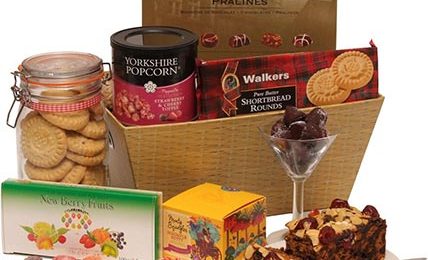If you want to lose weight, you do not have to go on a diet. You should start eating healthy and to see a big change in your overall health. First, you need to figure out how many calories you are consuming per day because not all calories are equal.
Making small changes to your diet can make a big difference to your health and help you to lose weight. If you incorporate at least six of the following tips into your diet, you will notice an improvement in your health without having to employ creative fundraising ideas so you can afford a gym membership.
Make half your plate with veggies and fruits
When choosing veggies to put on your plate, select red, dark-green, and orange ones such as broccoli, tomatoes, and sweet potatoes for variety. You should consider adding fruit to your main dish or to a side dish like dessert. The more colorful your plate is, the more likely you will be to get fiber, vitamins, and minerals in your body.
Eat whole grains
The best way to make sure that you are getting enough grains is to stop eating half grains and start consuming whole grains.
For instance, if you normally eat white bread, you should start eating whole wheat bread. When buying whole-grain foods, you should read the list of ingredients to make sure that you are not eating half grains. Look for things such as ‘wild rice’, ‘rolled oats’, and ‘quinoa’.
Switch to low-fat or fat free milk
Do you drink milk every day? You should consider switching to the low fat or fat free variety to reduce the amount of calories going into your body. Both kinds of milk have the same amount of calcium, so you will not miss the important nutrient.
Choose lean protein foods

We must consume proteins to keep our bodies in good shape. Meat, eggs, seafood, and nuts are all proteins. You need to select leaner beef cuts and chicken breasts. Make sure that the label says 90 percent leaner or higher.
Opt for lower sodium foods
When buying foods, you should look at the Nutrition Facts label to select foods that are lower in sodium. The foods that you should be inspecting include soup, frozen meals, and bread. Make sure that the labels read ‘low sodium’, ‘no salt added’, or ‘reduced sodium’.
Sodium is not good for the body, and it has been shown to cause a variety of diseases when consumed in high doses.
Drink water
Are you one of those people who like to drink sugary beverages instead of water? You can cut down the amount of calories that you consume by drinking plain water or unsweetened beverages. If you do not like the taste – or lack thereof – of plain water, you should consider adding a slice of watermelon or lemon for flavor.
Eat seafood
Seafood includes shellfish – such as crab and oysters – and fish – such as tuna and salmon.
Seafood has high levels of protein, omega 3 fatty acids, and minerals. An adult should consume at least 8 ounces of seafood per week. This will give your body some very important nutrients without adding unnecessary calories.
Cut back on solid fat
If you eat many foods that contain solid fats, you should consider cutting back. The major sources of solid fats include cookies, ice cream, cakes, as well as other desserts. When you stop eating them, your body and teeth will be much healthier.
If you must eat sweets, do so in moderation. One sweet a day will not hurt, as long as it has a low caloric content. You can buy healthy candy from online shops such as Sweet Services.



